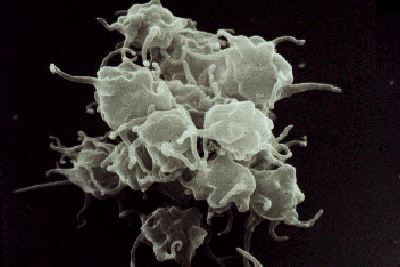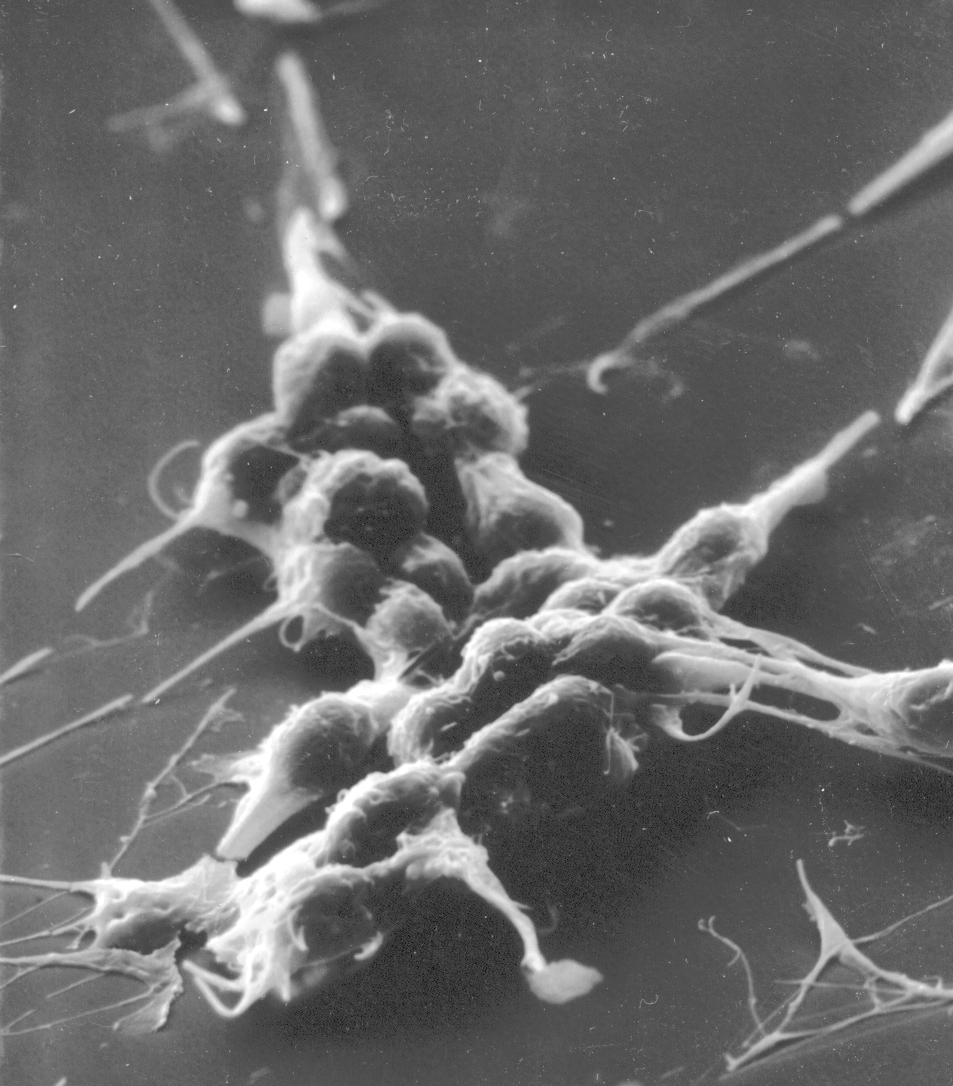WHAT IS THE TREATMENT FOR TTP?
For patients with inherited TTP (inherited ADAMTS13 deficiency), simple infusion of plasma in sufficient. Most children and adults only need plasma infusion when they have some illness which may trigger an episode of TTP. For example, if a child with inherited TTP has a fever and cough – or any illness – it is essential to get a blood count, and if the platelet count is low, to treat him with a plasma infusion. Or if a woman becomes pregnant, it is important to treat her with plasma infusion every 2 weeks to keep her platelet count normal – or every week if needed. We then continue the plasma infusion for 6 weeks after delivery, because the postpartum period is also a risk.
For patients with acquired TTP, plasma exchange (abbreviated as PEX) is the most important treatment. In the era before plasma exchange was first used in the 1970s, only 10% of patients survived. With the initial use of PEX, survival increased from 10% to 80%. PEX is done with a machine that removes patient plasma and replaces it with fresh plasma, similar to the machines used for routine blood donations. The assumed reason for the effectiveness of PEX is that it removes the harmful autoantibodies and supplies ADAMTS13. PEX has substantial risks. A catheter needs to be inserted into one of the large veins of the shoulder, neck, or groin area. That creates a risk for serious infection. Allergic reactions to the infused plasma are common; most reactions cause only hives, but some can also cause breathing problems.
We continue plasma exchange daily until the platelet count is normal. Then we stop. If the TTP is still active, the platelet count will fall again and daily treatments must be resumed. This may happen in about 20% of patients. We routinely also treat patients with steroids, which suppress the immune system. Most people are familiar with steroids because they’re commonly used for common allergic problems, such as asthma and poison ivy. We use large doses of steroids to suppress the immune system, to suppress the production of the autoantibodies that are blocking the function of ADAMTS13. In patients whose platelet counts don’t begin to recover after several days of PEX + steroids, or in patients whose platelet counts fall after PEX is stopped, we add rituximab, a drug which has a stronger suppression of the immune system. We have been using rituximab in this way since 2003. Since we started using steroids in all patients, and rituximab in some patients, the duration of PEX is much shorter than it was 20 years ago. Now most patients need less than 10 days of PEX.
Click the following links for more details about
What happens following recovery from an episode of TTP?
IMPORTANT!
The information included in this website is for educational purposes only. The designers and operators of this site take no responsibility for the things you may do with this information. For advice on your unique medical condition, please consult your health care professional. By going further into this website you acknowledge that you have read and understood this disclaimer.



